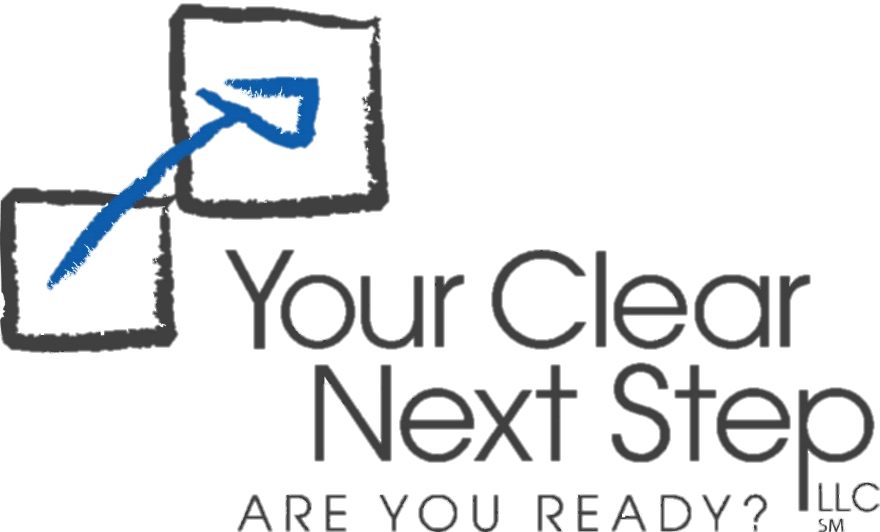What’s the Difference?!
Presentation and Facilitation. They’re pretty common terms in our training and development world, so we’re sure you’ve heard them both before too. But have you ever found yourself wondering “what’s the difference?!”
We see where some confusion could creep in.
“If I’m facilitating, aren’t I also presenting?”
“If I am presenting, don’t I need some facilitation skills as well?”
“What’s the difference?!?”
Not to worry! Let us offer a couple of guidelines to help keep them straight and help you know what matters most for each.
Presentations
 Presenting is when you have content that you are sharing with a specific audience. Presentation skills are used to deliver that pre-prepared message to the pre-primed audience. You might be presenting a sales pitch, a training event, a report-out or status update on a given project or initiative. The essence, though, is that in a presentation, you’re delivering, presenting, or giving the gift of content. And what should be top of mind when you do that? We encourage these two characteristics. The most effective presenters are people-positive and content-passionate.
Presenting is when you have content that you are sharing with a specific audience. Presentation skills are used to deliver that pre-prepared message to the pre-primed audience. You might be presenting a sales pitch, a training event, a report-out or status update on a given project or initiative. The essence, though, is that in a presentation, you’re delivering, presenting, or giving the gift of content. And what should be top of mind when you do that? We encourage these two characteristics. The most effective presenters are people-positive and content-passionate.
People-positive
Focus on the people in front of you. Remember all the good they bring with them to the table and think about what they want to hear from you. Being people-positive shapes the words you use and the way you present. It allows you to connect with the people in front of you, and think of what they might want to know about the topic at hand, rather than just presenting your topic from your own lens.
Content-passionate
When you are the presenter, you are the expert in the room. You need to have passion for whatever the subject matter is. Your level of enthusiasm will directly impact that of your audience! Being content-passionate means you bring knowledge and excitement for your topic, but you also anticipate, recognize, and effectively respond to any counter-arguments.
Facilitations
 Facilitating is gathering a group of people to work collaboratively to achieve a stated outcome. In this case, you have people around you who are each interested in and passionate about the subject matter at hand. Your act of service is to help them achieve the stated goal. Facilitation skills are used to prevent distractions or dysfunctions and enable success. You might be facilitating a team meeting, a decision-making process, a steering committee or board meeting, a focus group, a requirements-gathering session, or any working session. The essence, though, is that in a facilitation, you’re helping facilitate the collaborative process to achieve the outcome. The gift you’re giving is effective use of time and resources. And what should be top of mind when you do that? We encourage these two characteristics. The most effective facilitators are people-positive and content-neutral.
Facilitating is gathering a group of people to work collaboratively to achieve a stated outcome. In this case, you have people around you who are each interested in and passionate about the subject matter at hand. Your act of service is to help them achieve the stated goal. Facilitation skills are used to prevent distractions or dysfunctions and enable success. You might be facilitating a team meeting, a decision-making process, a steering committee or board meeting, a focus group, a requirements-gathering session, or any working session. The essence, though, is that in a facilitation, you’re helping facilitate the collaborative process to achieve the outcome. The gift you’re giving is effective use of time and resources. And what should be top of mind when you do that? We encourage these two characteristics. The most effective facilitators are people-positive and content-neutral.
People-positive
Being people-positive is just as important for facilitators as it is for presenters. Remember – how you think about the people around you will shape the words you use and the way you use them. When you’re anticipating or managing bad behaviors (distractions, side-bars, late arrivers, discussion dominators, etc.), don’t throw any person under the proverbial bus! Protect each person in the room and correct whatever behaviors need to be corrected. As facilitator, part of your role is to make sure everyone remembers the value of each of the other participants.
Content-neutral
When you are the facilitator, it is important for you to know just enough about the topic for you to effectively lead the conversation, while also remaining neutral enough that the participants can follow the facilitated process to produce the stated outcomes. If you have a strong bias about the topic or the outcome, you’ll have a harder time being neutral in the facilitation. Your passion for the topic may be misconstrued as a bias for or against any of the people in the room, which quickly erodes the safety of the collaborative environment. When distractions, dysfunctions, and disagreement reign, successfully collaborating to achieve the desired outcomes is seriously compromised. As facilitator, the safety and success of the collaborative experience should be a higher priority to you than the actual decision or conclusion reached.
Now that you know some differences, could your presentation skills use some polishing? Could you use a few new tools in your facilitation toolbox? Contact us to hear about our upcoming offerings!








